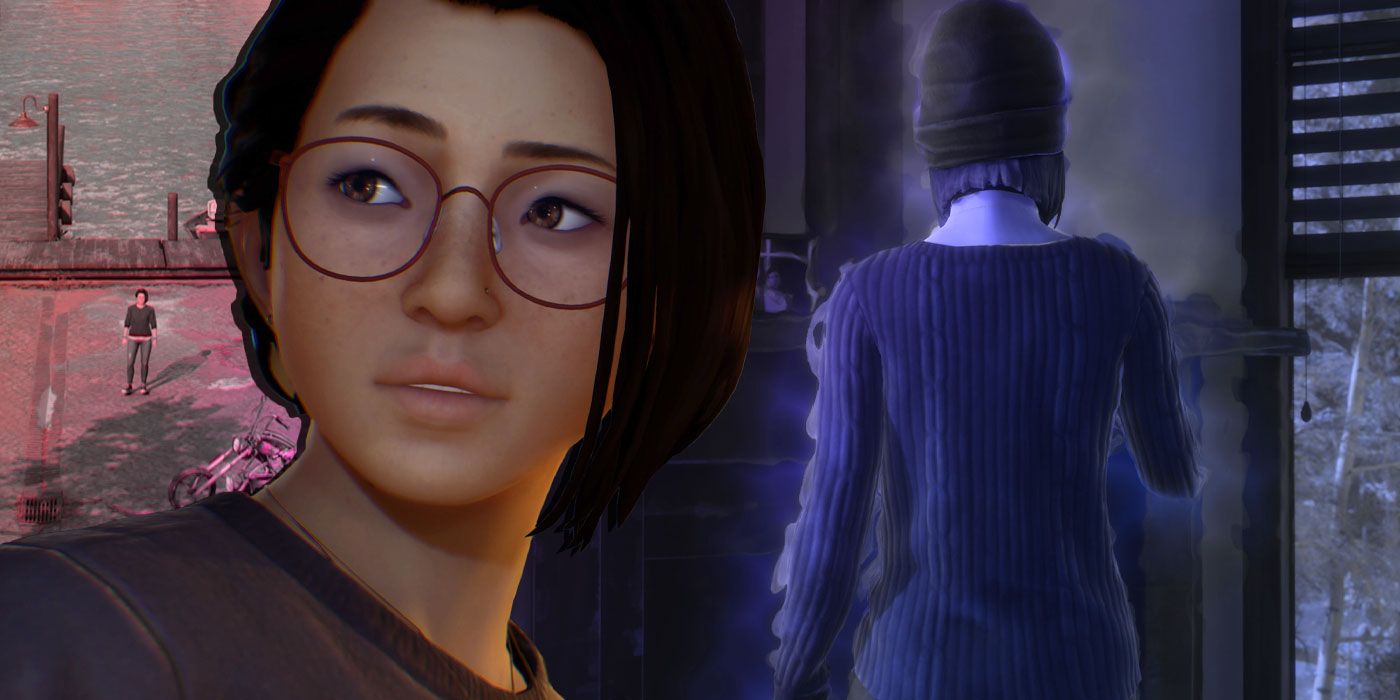
The original Life is Strange quickly gained a fanbase when its five-episode run had completed thanks to a strong narrative and quirky, relatable characters. However, it is hard to deny that tonally, the games have felt at odds with what they want to be. Life is Strange and Life is Strange 2 don’t shy away from bigger issues and darker story moments, but they do have a tone that skews closer to a young adult novel. A lot of that has to do with narrative decisions made in the game’s development. Max Caulfield and the sequel’s protagonists, Sean and Daniel, were all very young and unfamiliar with the world at large, with their worldviews bolstered by incredible supernatural powers that lent themselves to a very physical type of fantasy elements.
It’s a calculated move away from that tone that helps Life is Strange: True Colors shatter the mold of its predecessors. While it does maintain the aesthetic that defined the franchise, the move to a slightly older protagonist with a more ambiguous power results in a story that feels more mature as it utilizes a darker overall tone and attempts to tackle close-to-home problems like death, depression and loneliness. The result is easily the best game in the series so far and an experience that is definitely going to stick with players for years to come.
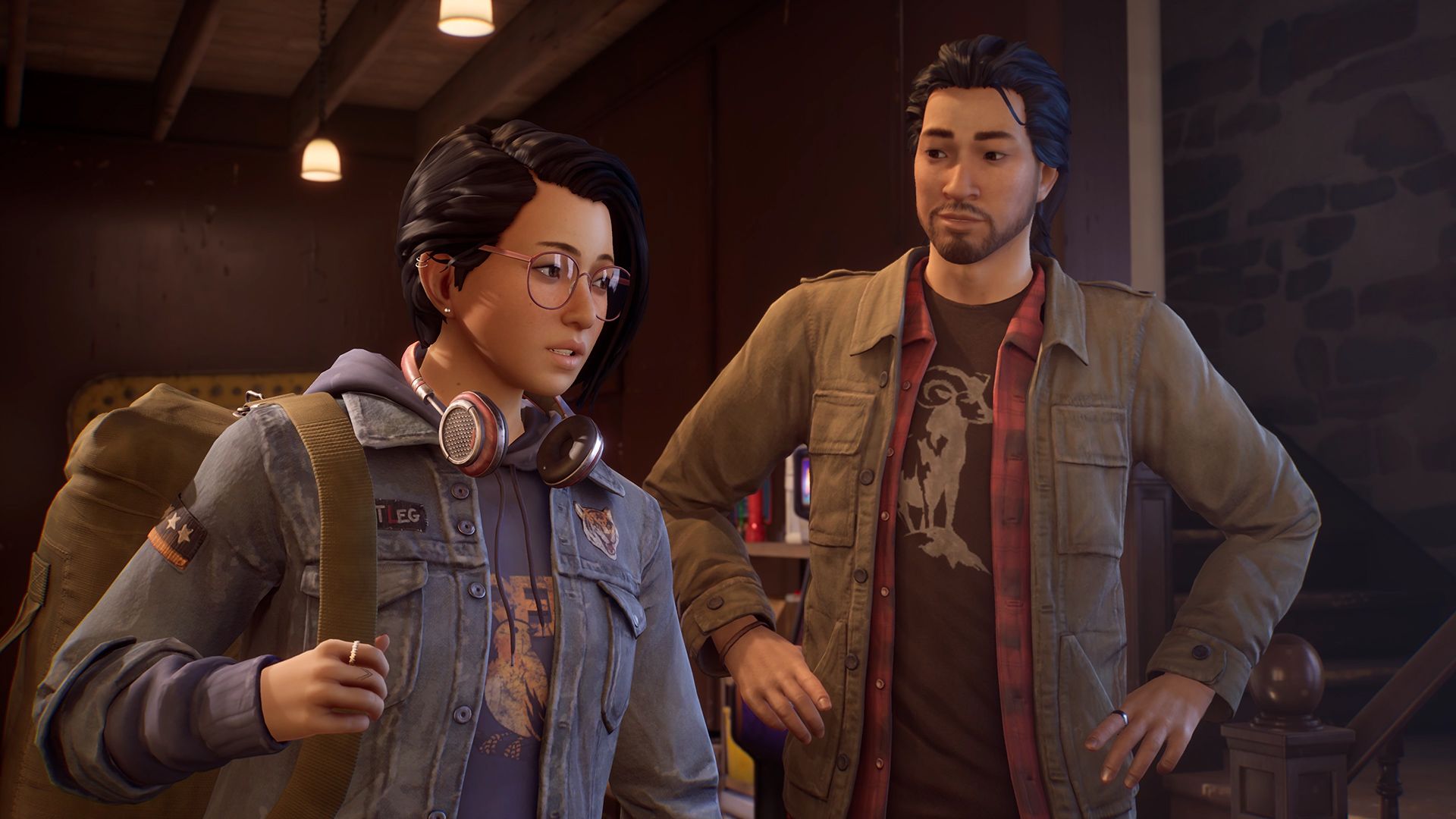
What sets True Colors apart is how it handles its main plot. At 21, Alex Chen is the oldest protagonist Life is Strange has had yet. She may only be a few years older than Max and Chloe in the original, but she has a certain degree of street smarts to her that make her more aware of the world around her. Alex is, frankly, one of the best heroines we’ve seen in modern gaming. She’s strong and good-natured but still vulnerable and uncertain of herself. She’s been through a lot by the time the game starts, and things don’t get easier for her when her brother dies under mysterious circumstances.
The game doesn’t really make solving that mystery feel like a priority, though, and the story is the better for it. It would have been easy to make the game about Alex trying to solve a mystery; instead, it allows the plot to focus on the weight of Alex’s loss and how that death affects not just her but the strangers she now finds herself ingratiated to. Story elements concerning the mystery are a regular occurrence, but they often take a back seat to Alex just trying to be a good person, be it through simple deeds or the use of her mysterious empathy powers.
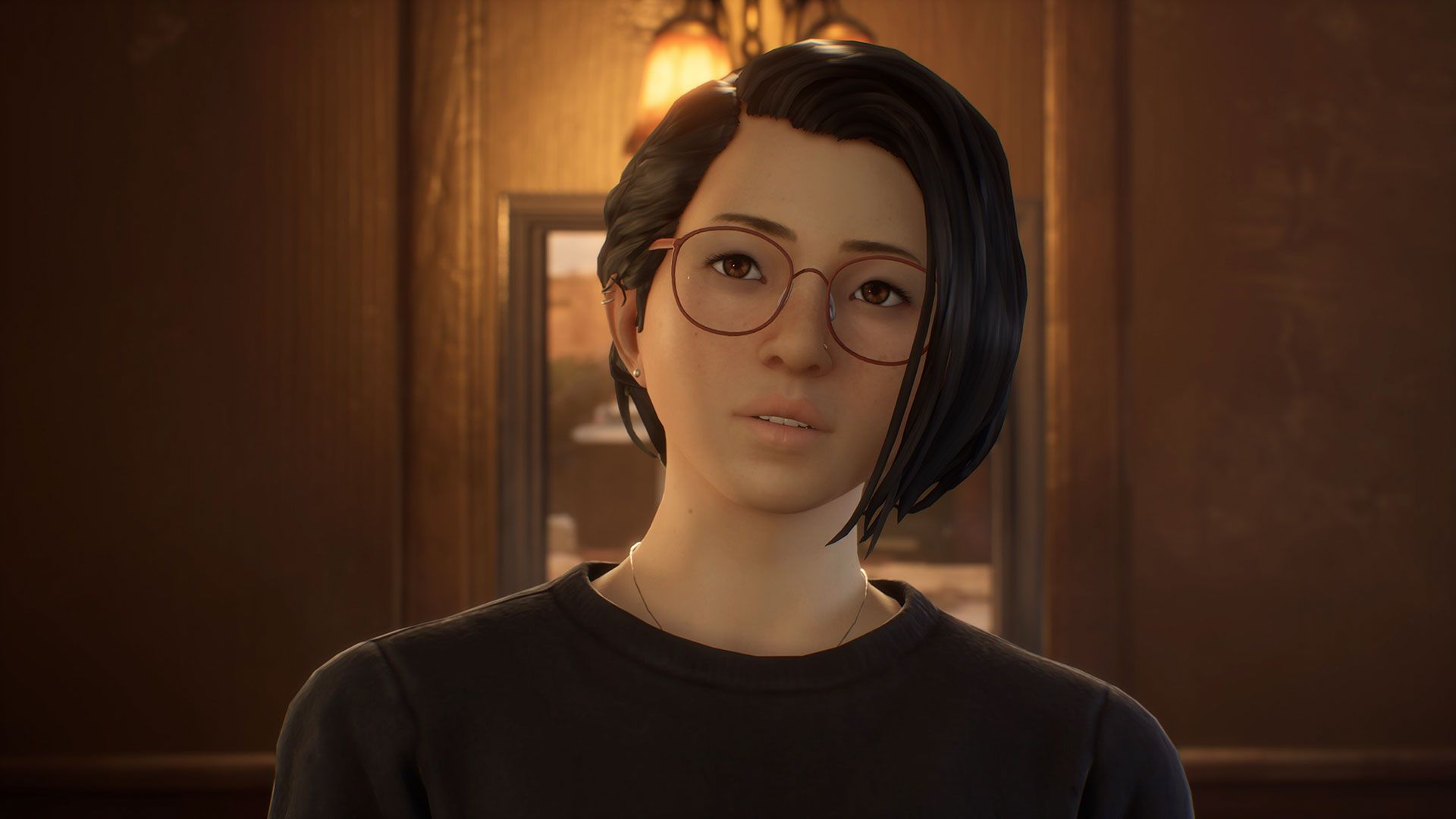
That empathy power is a huge change from Max’s dynamic ability to rewind time or Daniel’s telekinesis. Alex’s power feels much more grounded and much less at odds with the world around her. As a result, her ability to read and affect emotions never feels like it overpowers the story but instead acts as a natural extension of her exploration of her own self and those around her. Entering a character’s emotions, be it to find the cause of a grieving widow’s anger or to soothe the mind of a woman whose memories are failing her, leads to some of the best sequences in the game. In truth, it’s a shame there weren’t more opportunities to explore these incredible set pieces, where the world can turn upside down and nothing is what it seems.
Those worlds highlight another huge change for the franchise, as it makes a huge leap in graphical fidelity. Life is Strange has always aimed for a fairly exaggerated style, but True Colors takes it to the next level with a gorgeously rendered Colorado backdrop and some genuinely remarkable character models. Characters have a ton of life and personality, but none more so than Alex, who was performance captured by voice actress Erika Mori. The decision to go with a full performance capture may single-handedly be what sells Alex’s character, as Mori’s performance is incredible. There’s so much nuance, so many small movements and reactions that bring Alex to life. Even without words, you always know what she’s thinking.
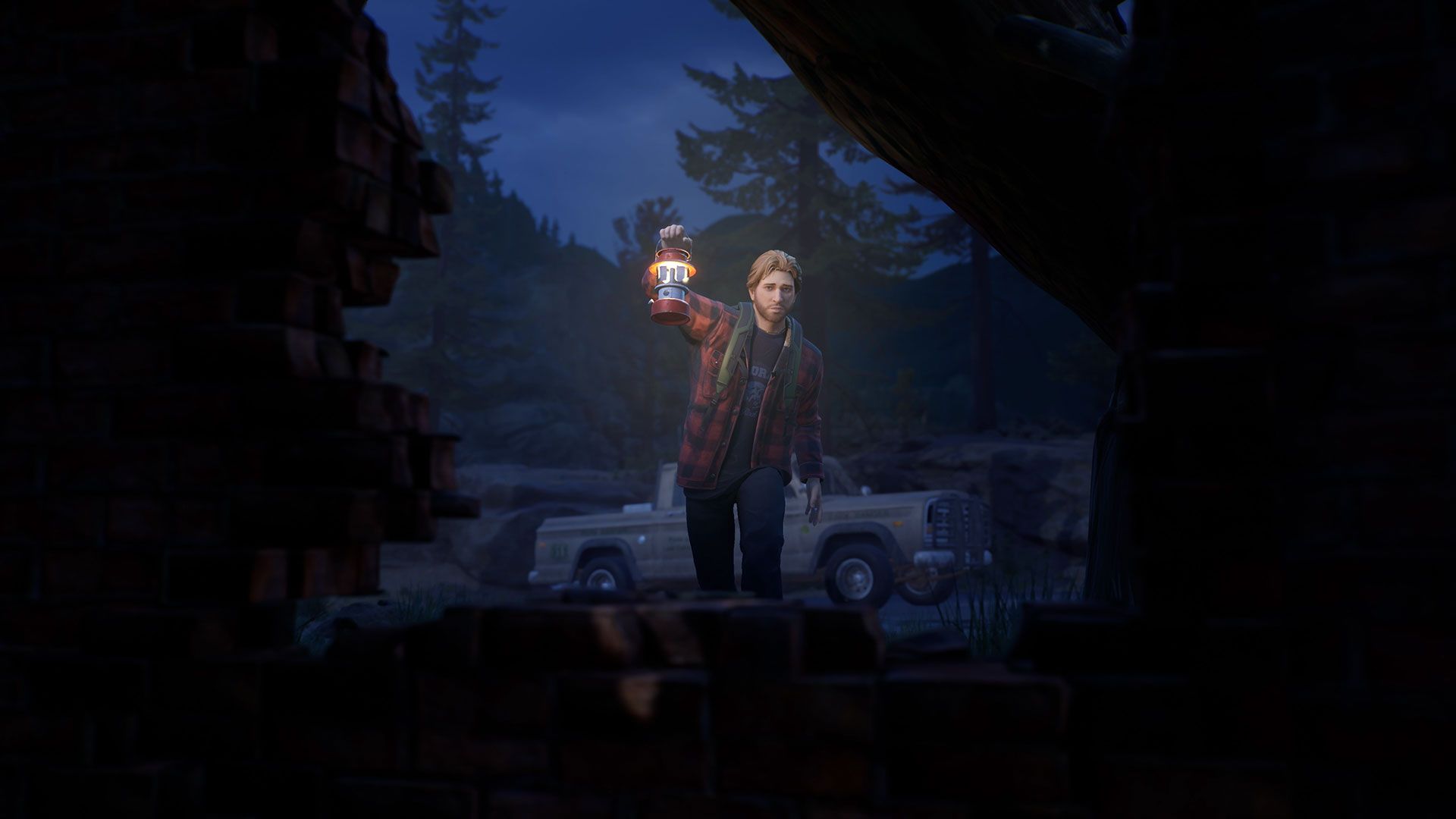
Gameplay is still the fairly standard, light adventure fair from the previous titles. As Alex, players explore their immediate surroundings, though there is something of an open-world at times. The game does an excellent job of hiding things just out of reach so that you have to look for them and rewards players with unlocked memories or bonus dialogue if they explore thoroughly. Some of those explorations will open up new ways to help townsfolk, which is important to the game’s conclusion. The conclusion here is a little more open-ended than in previous games. Rather than a binary good or bad ending, your actions throughout the five episodes will influence events in a massive final confrontation. How Alex carried out each action will determine how people react to you. It’s easy to go through the game on your first playthrough and assume you know the right thing to do, but in those heart-racing, emotional moments of the game’s finale, it becomes immediately apparent that things aren’t as black and white as you believed.
The game does a great job hiding these decisions, too. The interactions and growth the town goes through help spur you on, and it’s easy to lose yourself in the story -- something that’s helped by the title eschewing the previously standard monthly, episodic release in favor of putting everything out at once. While the cooldown period between episodes did help to build word of mouth in the original release, True Colors benefits from giving players the chance to dive right back in to the story. Here, the narrative chapters aren’t meant to provide you with a cliffhanger, necessarily; instead, they’re a stopping place, where you can collect your thoughts, reflect on what just happened and take some time away to calm down if you need to.
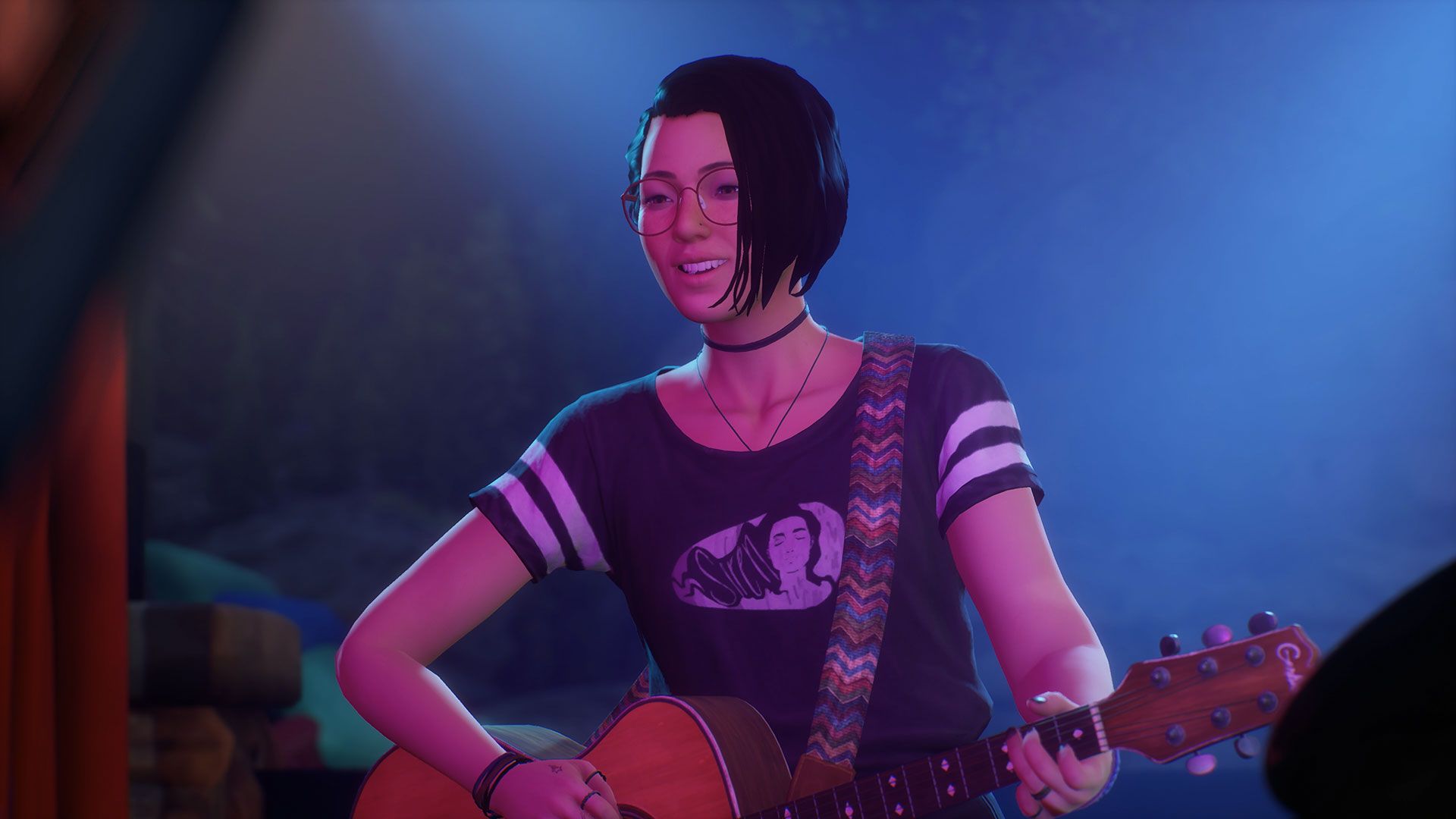
Outside of friendly interactions and mystery-solving, music is where True Colors finds its heart. The game’s soundtrack communicates Alex’s emotional state in unique ways, which we touched on in our preview of the game. The full version, though, has some truly incredible songs. There’s a pretty impressive tracklist, ranging from original songs to covers of classics like Creep and Blister in the Sun (streamers, rest easy -- the game thankfully includes a Stream Safe mode that replaces the copyrighted songs). The game offers multiple opportunities throughout just to sit down, listen as a song plays and simply be in the moment. It’s a really nice touch, as the game acknowledges that players may need to take a breather following a particularly stressful encounter while also allowing Alex a moment to reflect on the events so far.
Aside from the Steph-focused Wavelengths bonus episode, the future of Life is Strange is, obviously, up in the air right now. Should a sequel be produced, it’s unlikely we’ll get a direct sequel featuring Alex, as the franchise has built itself on new characters and adventures with each release. And for the first time, that feels like a real shame. While Max, Chloe, Sean and Daniel’s adventures have continued in comics and other mediums, Alex really feels like the type of character who could easily carry a sequel. The time we spent with her for this game truly endeared her to us and cemented her as one of gaming’s best characters this year.
At the end of the day, Life is Strange: True Colors is a game that isn’t afraid to just let you feel sad, and we appreciate it all the more for that. Not just because it allows players to feel those emotions alongside memorable characters, but because it also takes time to assure you that there’s nothing wrong with those feelings. It’s been a long time since a narrative resonated with us the way True Colors did, and we truly hope we haven’t seen the last of Alex Chen and the town of Haven Springs.
Life is Strange: True Colors is developed by Deck Nine and published by Square Enix and releases September 10, 2021, for PlayStation 4, PlayStation 5, Xbox One, Xbox Series X|S, PC and Google Stadia. A Nintendo Switch release is scheduled for later this year.
CBR was provided a copy of this game by the publisher for review purposes.
0 Comments